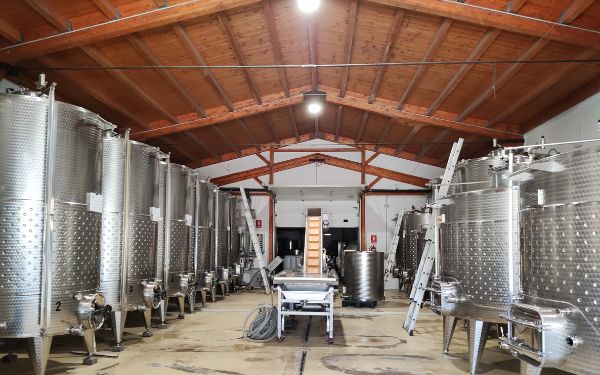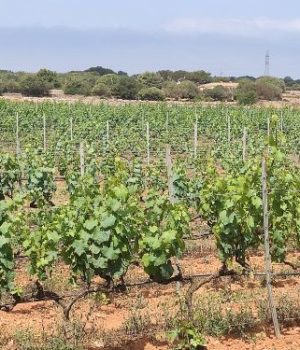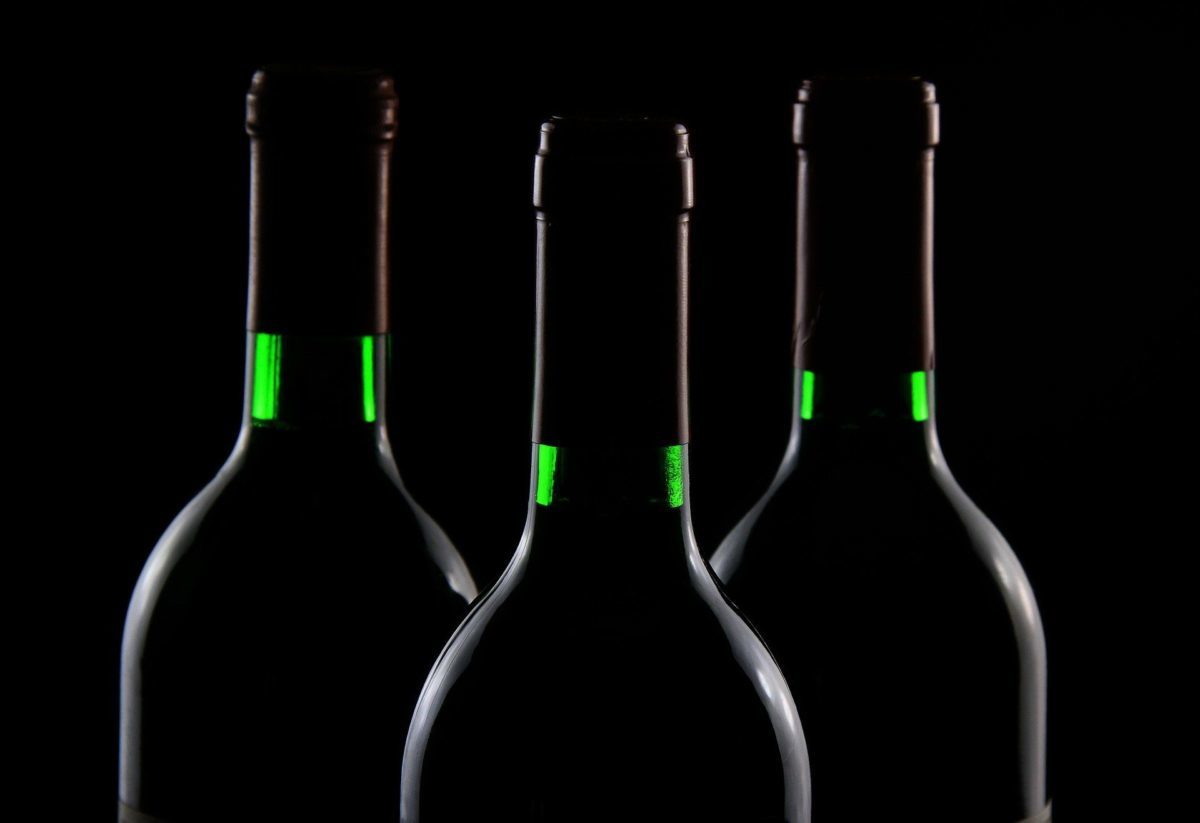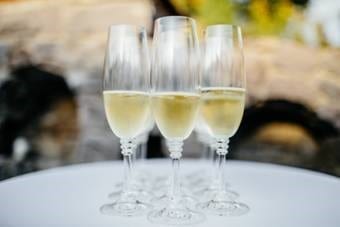Wine production has been experiencing a resurgence for 20 years in Menorca, where there is more and more extension of vineyards and new wineries are opened. We explain it to you below!
What do the English have to do with it?
With the English domination the island came to have 1.300 hectares of vineyards. They were already cultivated during the Roman Empire, but with phylloxera and the growth of cow and cheese, the wine was left only for self-consumption. For 20 years the wine is experiencing a resurgence. There is more and more extension of vineyards and nine wineries that currently exist, will soon increase to 12, as Clara Salord, manager of the Binitord winery. In Menorca there are no autochthonous grape varieties, as she herself verified after searching conscientiously for vine shoots all over the island.
Mainly French varietal wines
In its 10 hectares the varieties who have better acclimatized are Cabernet, Syrah, Merlot, Malvasia and Chardonnay. They have a nest of kestrels, which they placed because it scares away the birds, which make them lose their 30% of production. “We ferment at low temperatures, they last three weeks, but then the quality is very good. Our next objective is to carry out fermentations with native yeast”, explains Clara.

Its wines are characterized by being “balanced, fresh and easy to drink”, such as a red wine, without much body, so that it is fresh for the summer. In Menorca, he stresses, “we all look for quality more than quantity”. Binitord It emerged in 2002 as a hobby of his parents and currently they make two red wines, one white, and one rosé. In addition, they prepare the only vermouth on the island.
The winery recovered in 2015 the tradition of vermouth and it is increasingly sold: "We gave it the aromas of the island such as rosemary, chamomile or fennel, typical of the Camí de Cavalls, and we sweeten it with brown sugar, which we melt and make caramel”, he explains. Last year the winery produced 30.000 bottles which sold out in August, so this season it plans to double production. In total, 180.000 bottles of wine are produced on the island each year, which are consumed in Menorca.
Wine tourism in Menorca
Binitord makes visits just like, since last year, Torralbenc, which also has a agrotourism, the first luxury built on the island on a typical "mares" farm, the typical rock.

Behind these wines are the owners of the Remírez de Ganuza winery. “It is not easy to plant a vineyard on this rock. Normally a hole is made for each vine, but here we have used a huge wheel that opens the rock, makes trenches and crushes the rock, and transforms the soil into powder, with which it is filled and planted”, explains the commercial claude geyer.
"We also fight against humidity and salinity," he adds. These vineyards, of ten grape varieties, are low-yielding: “We seek quality more than quantity”, Geyer points out. When decades ago the wine here was only for self-consumption, the image people had of it was that it was bad and expensive, she points out. "Now very few people know that wine is made in Menorca and that it is also good," he says.
A wine for local consumption
Of the nearly 50.000 bottles they produce a year, half stay in Menorca. The farm has 71 hectares, of which 16 are vineyards that began to be planted in 2005. The vineyards are the guest garden of the 27 hotel rooms. At the end of the project there will be 20 hectares of vineyards and the production will be 80.000 bottles.
The white is its best-selling wine and the red, with Merlot and Syrah grapes, follows the same line of freshness. The pink, pale pink color, is inspired by the South of France, and houses aromas of strawberries, cherries and blueberries. The visit includes a tasting with views of the vineyard garden and a visit from the occasional turtle.







